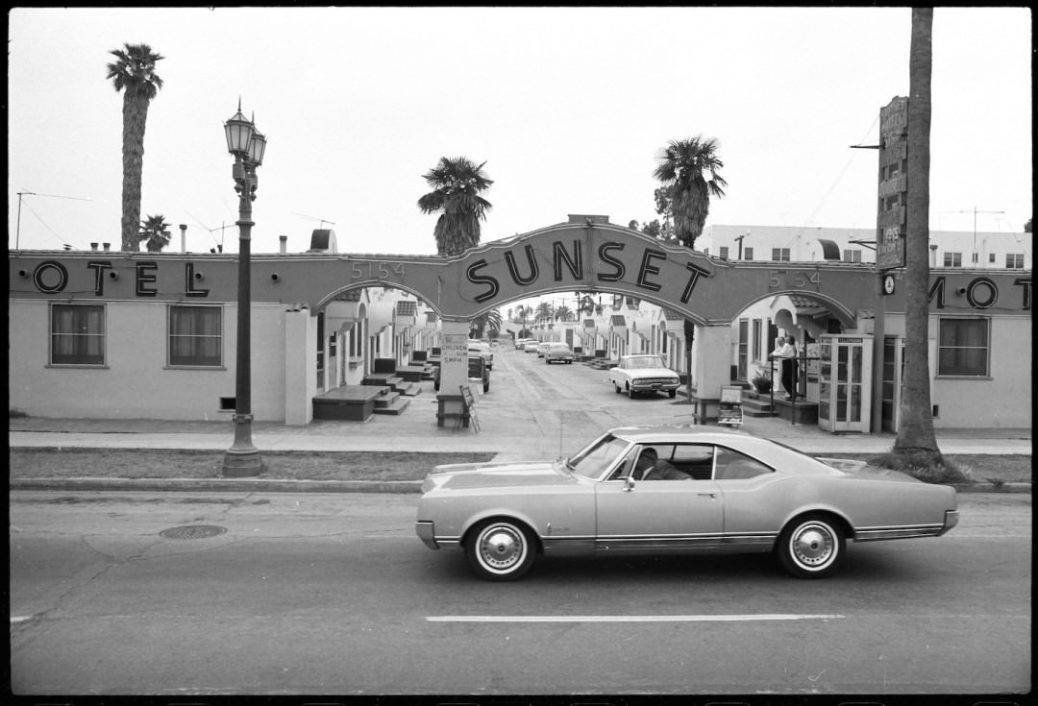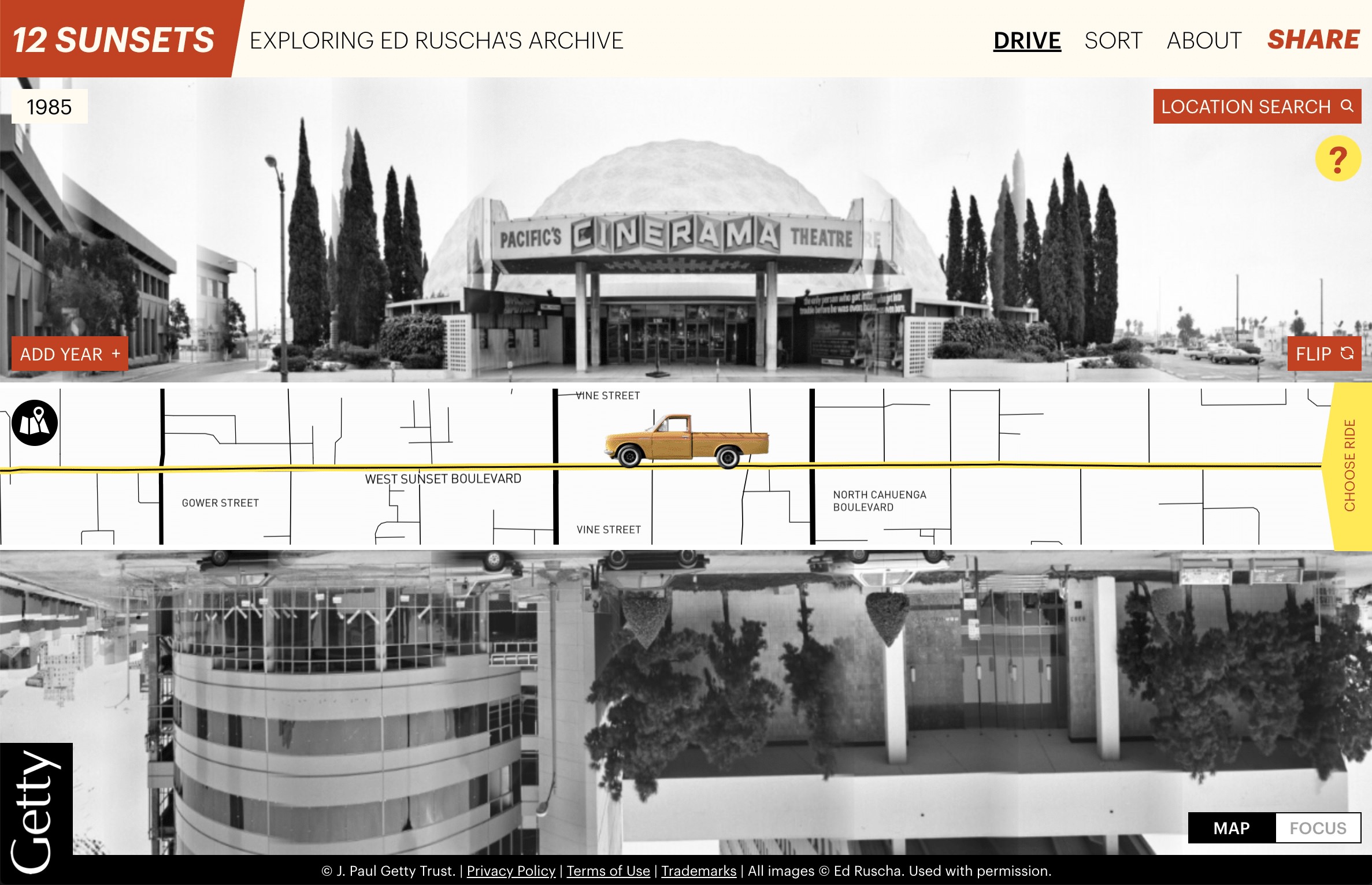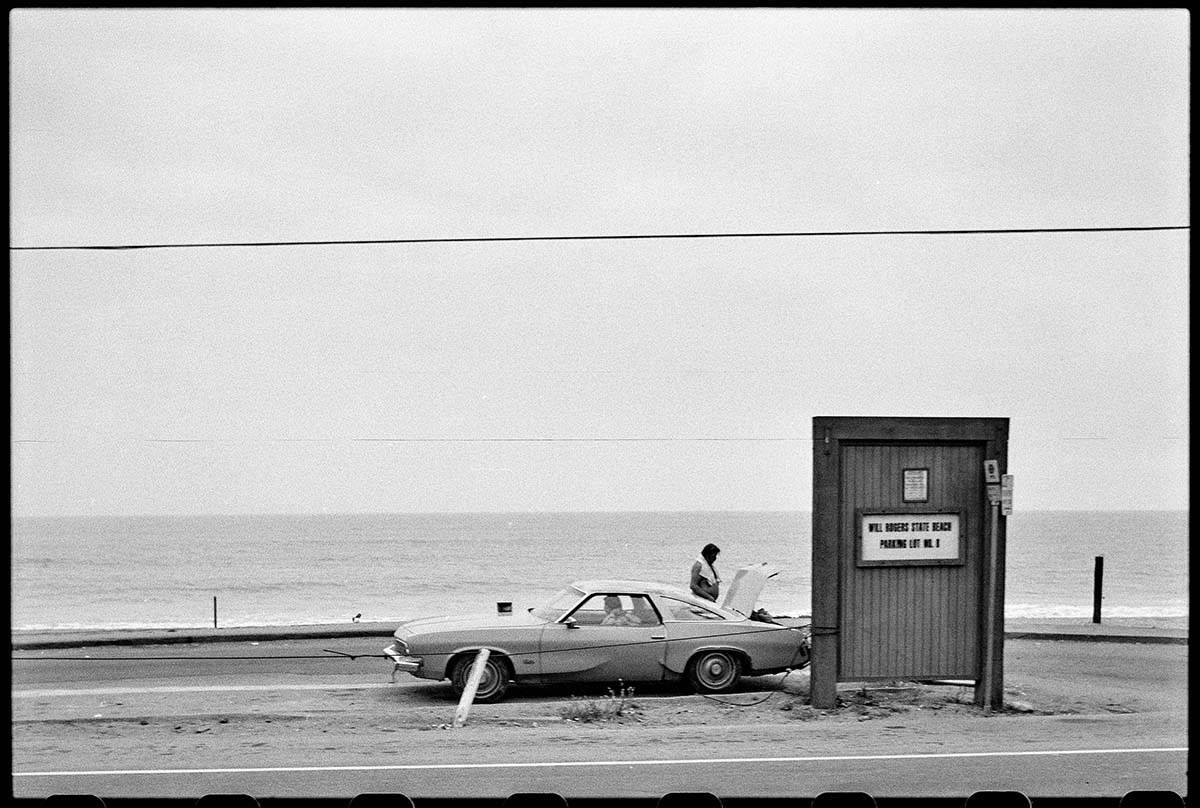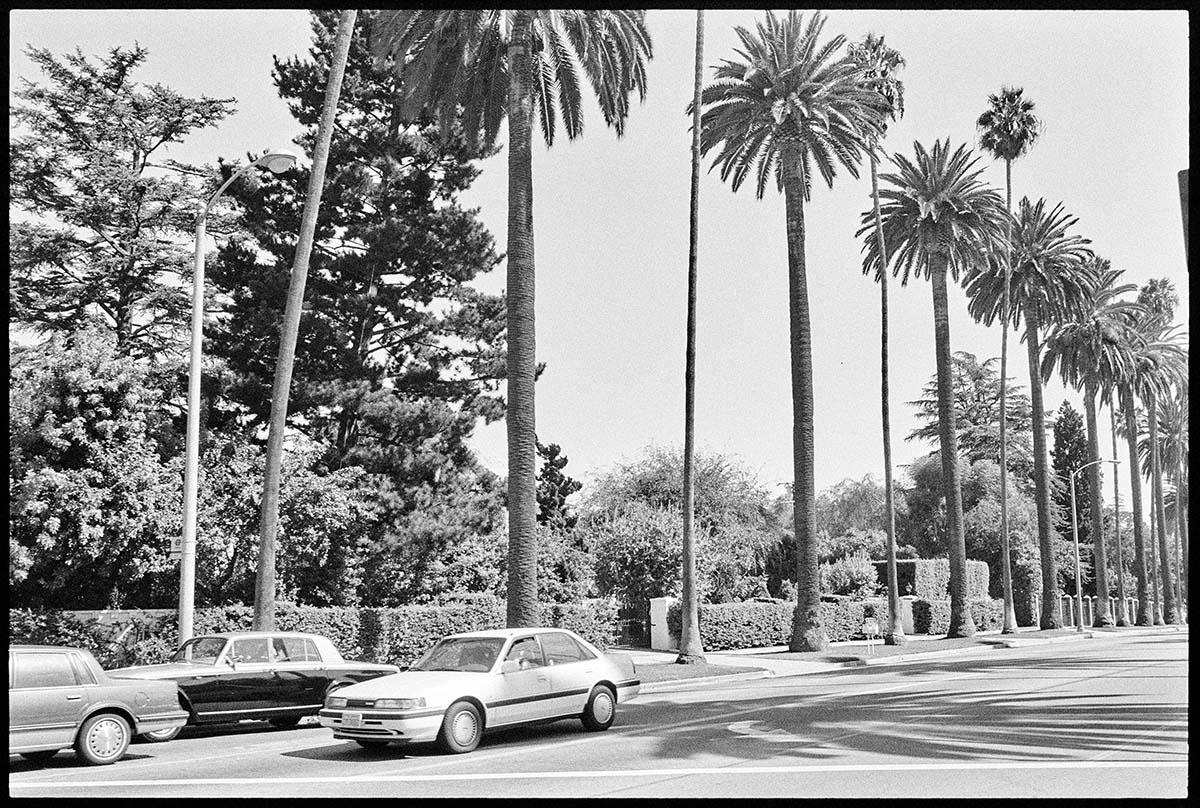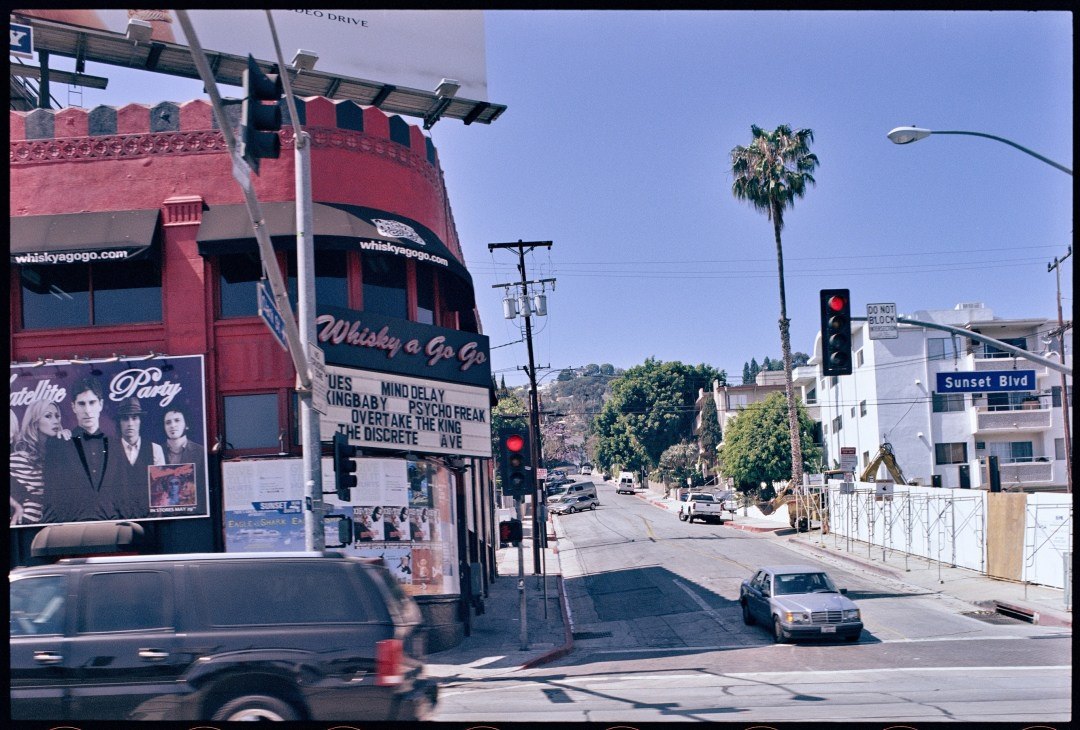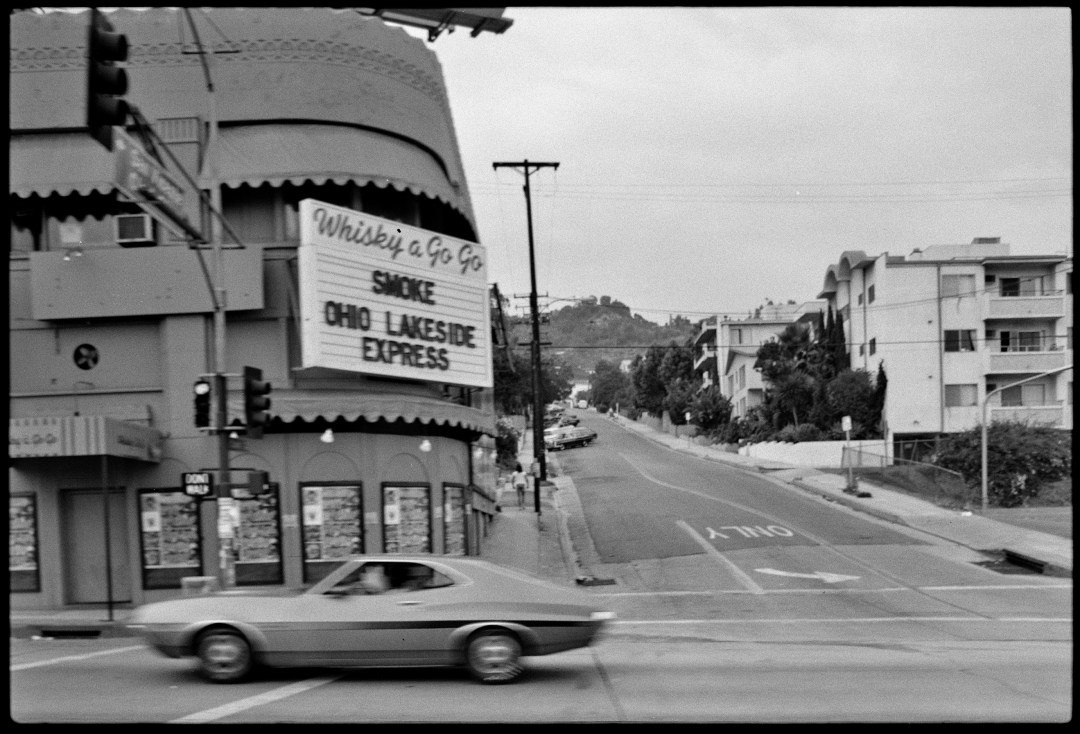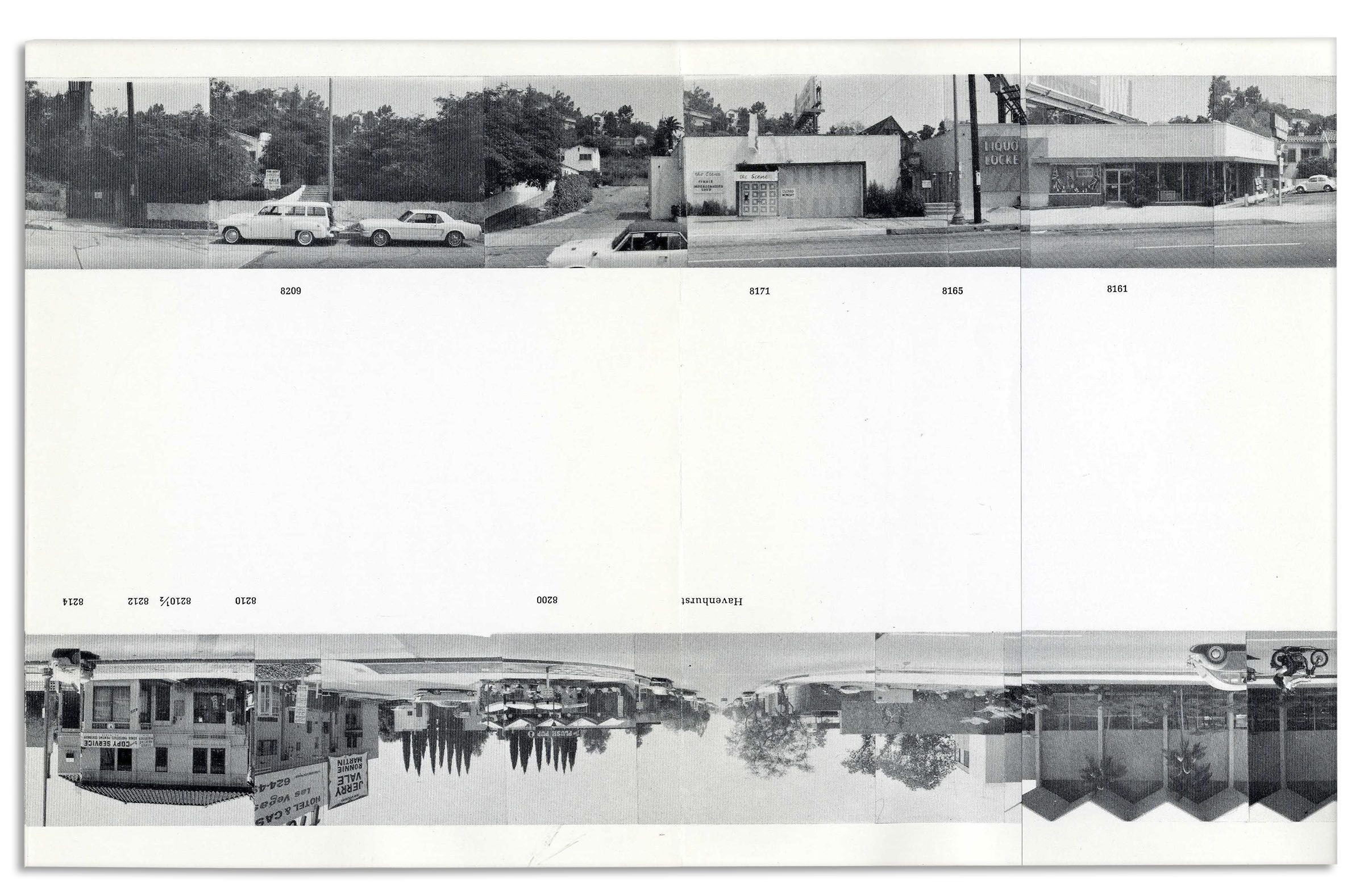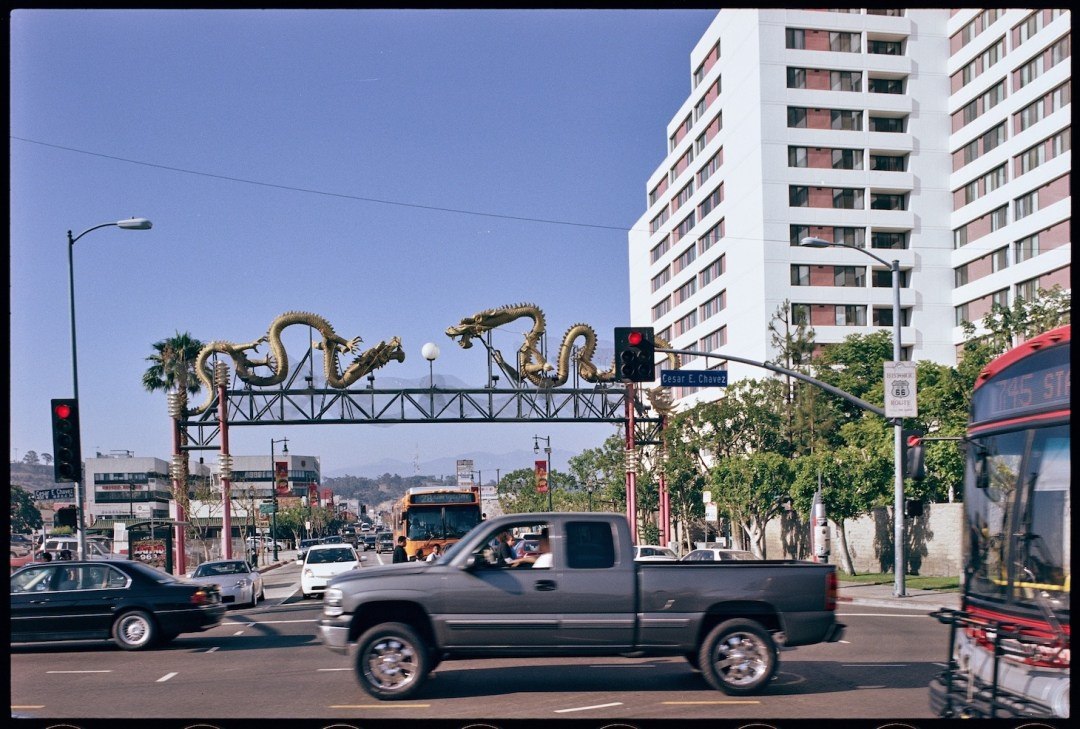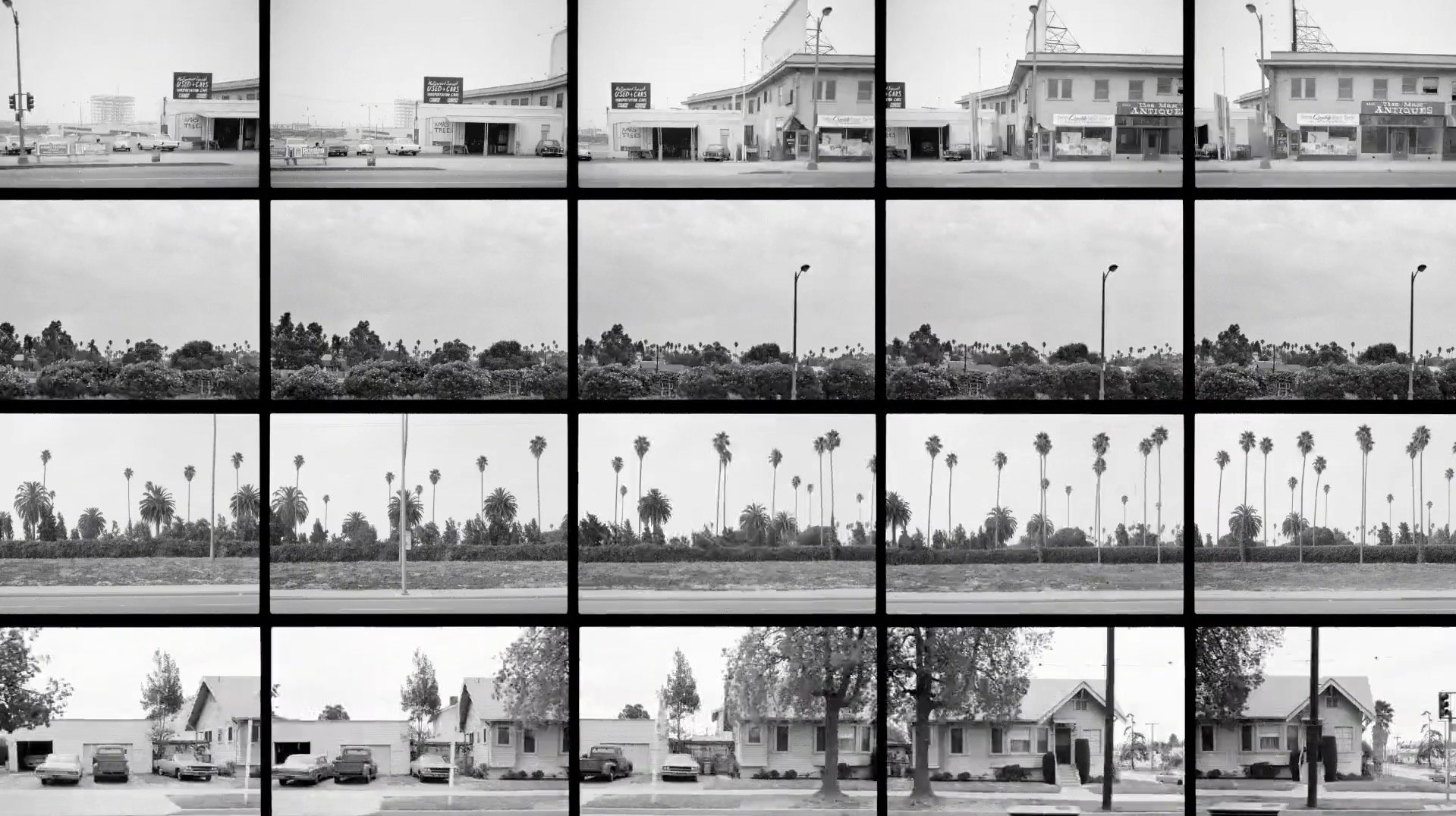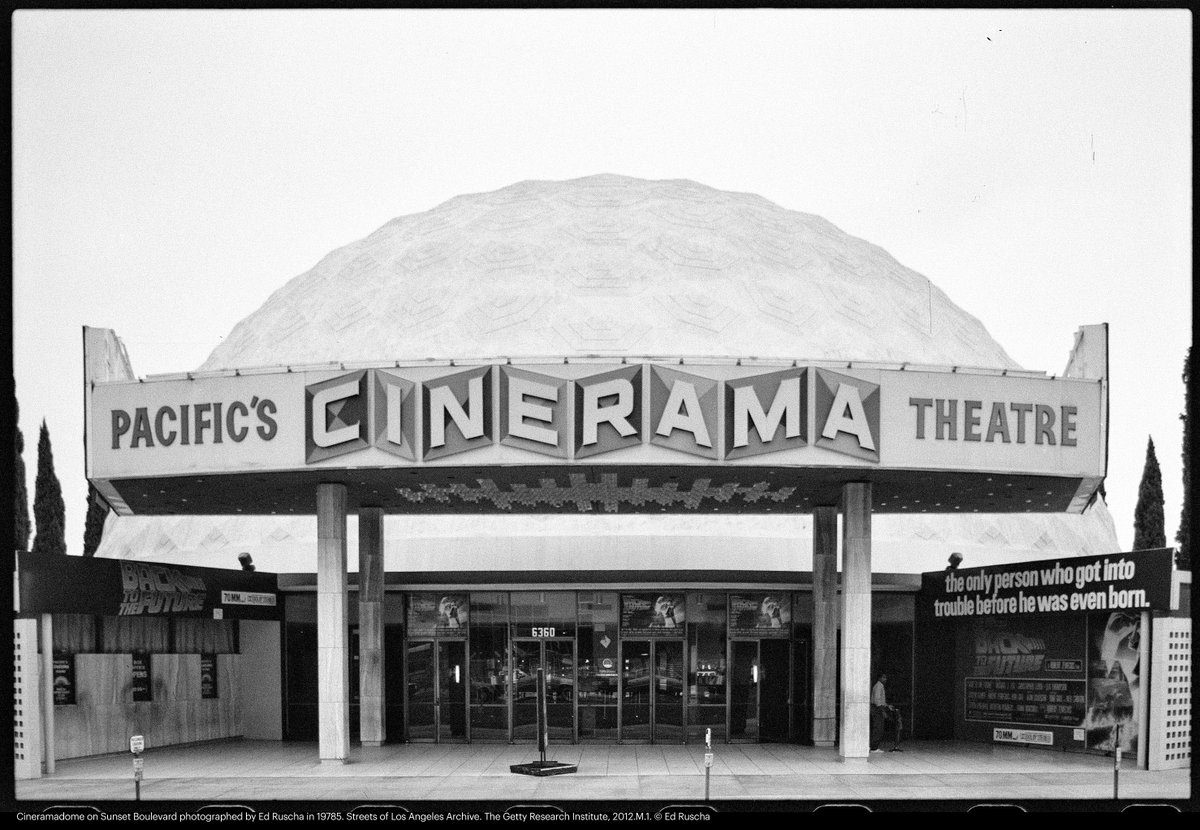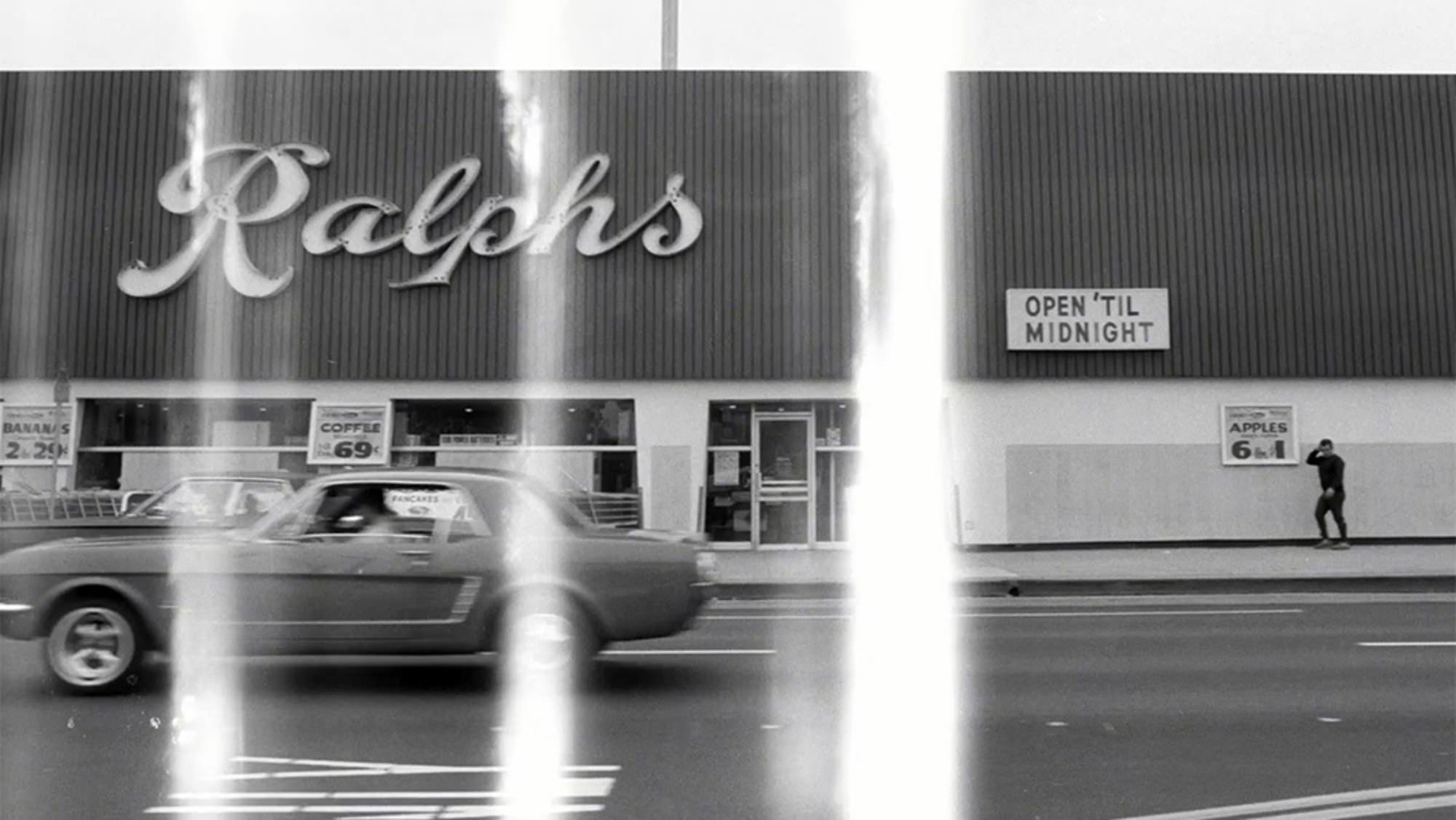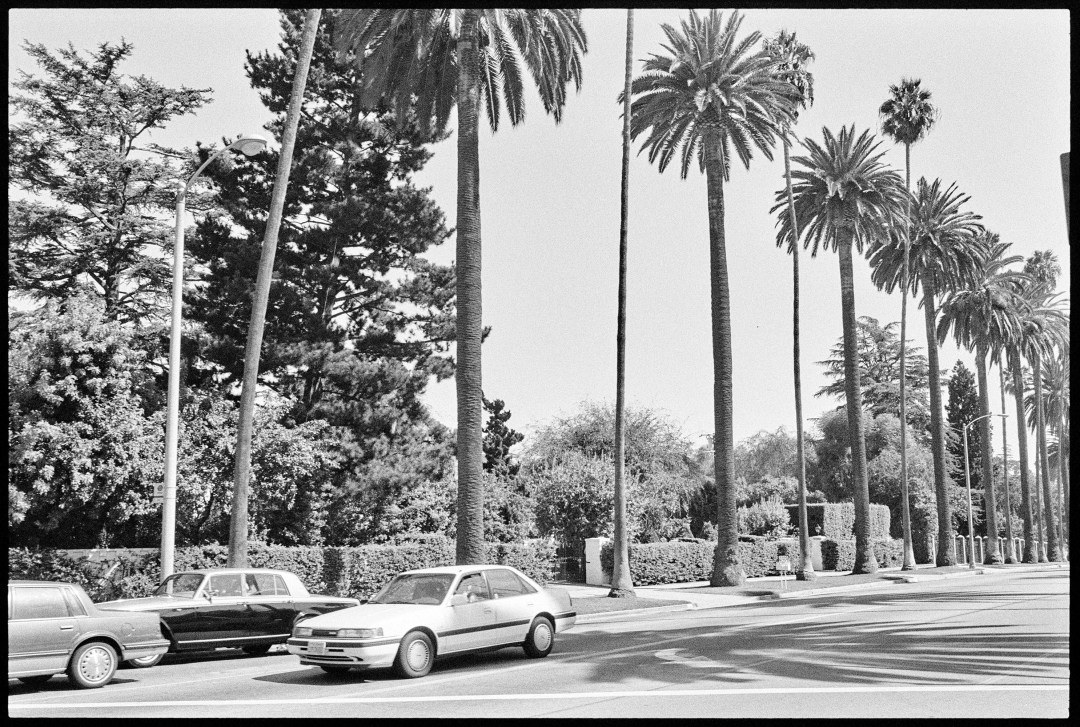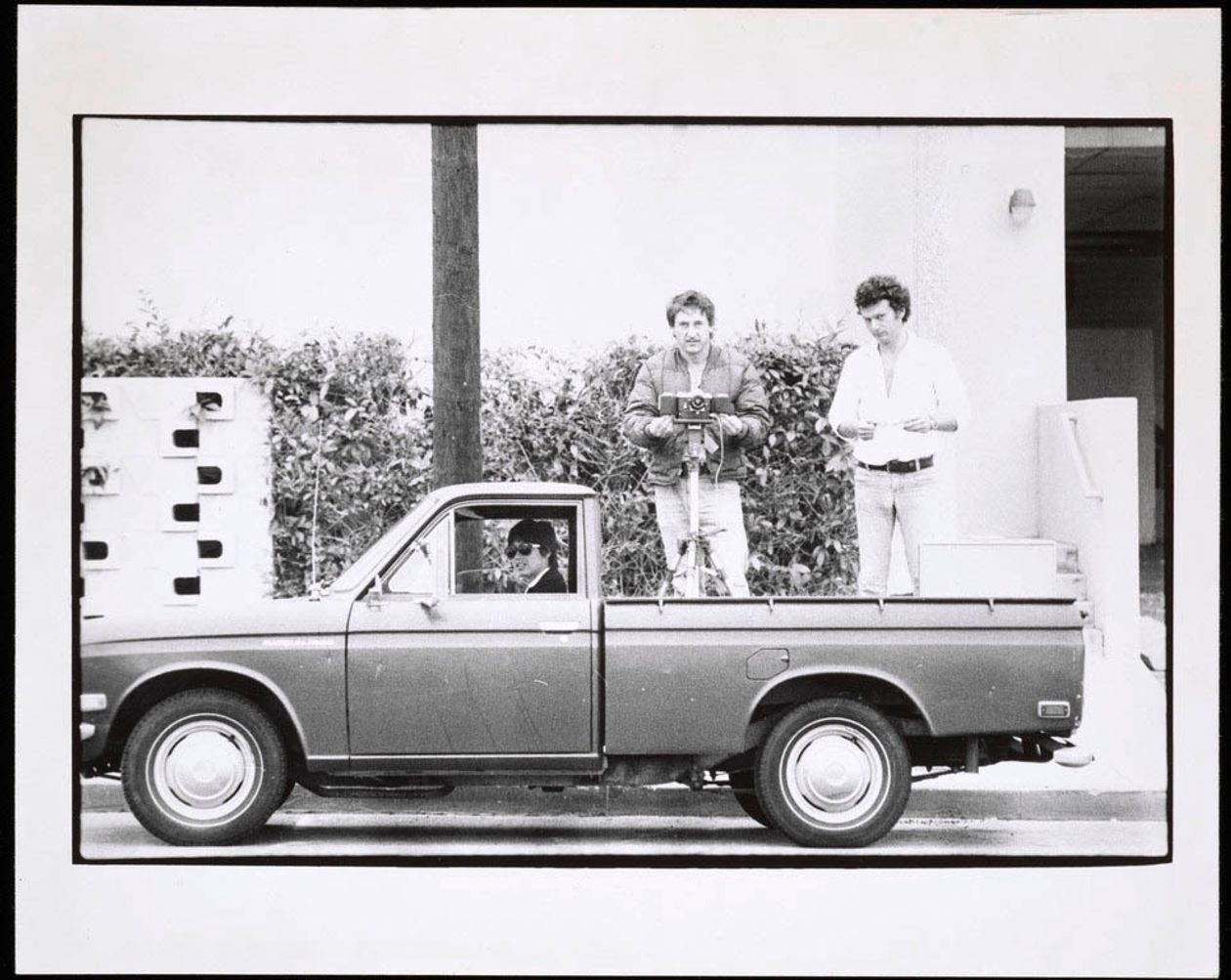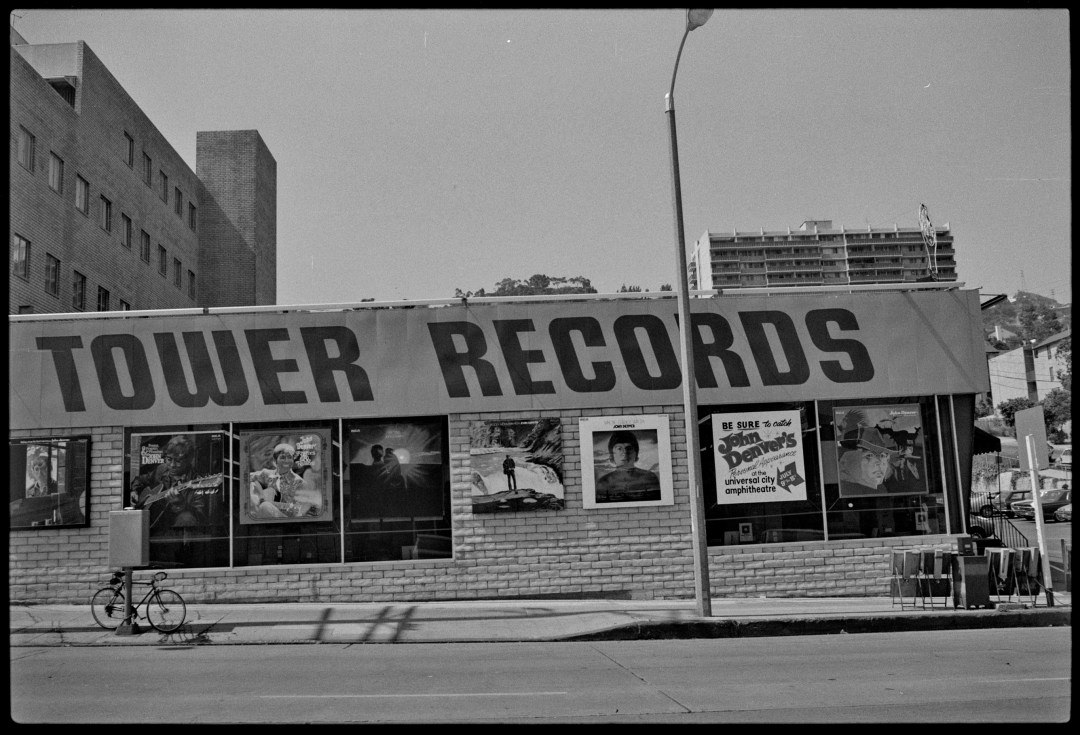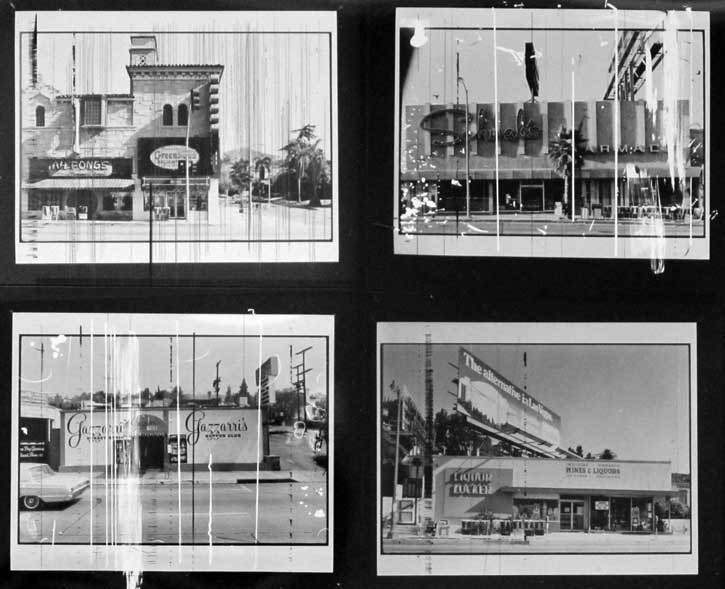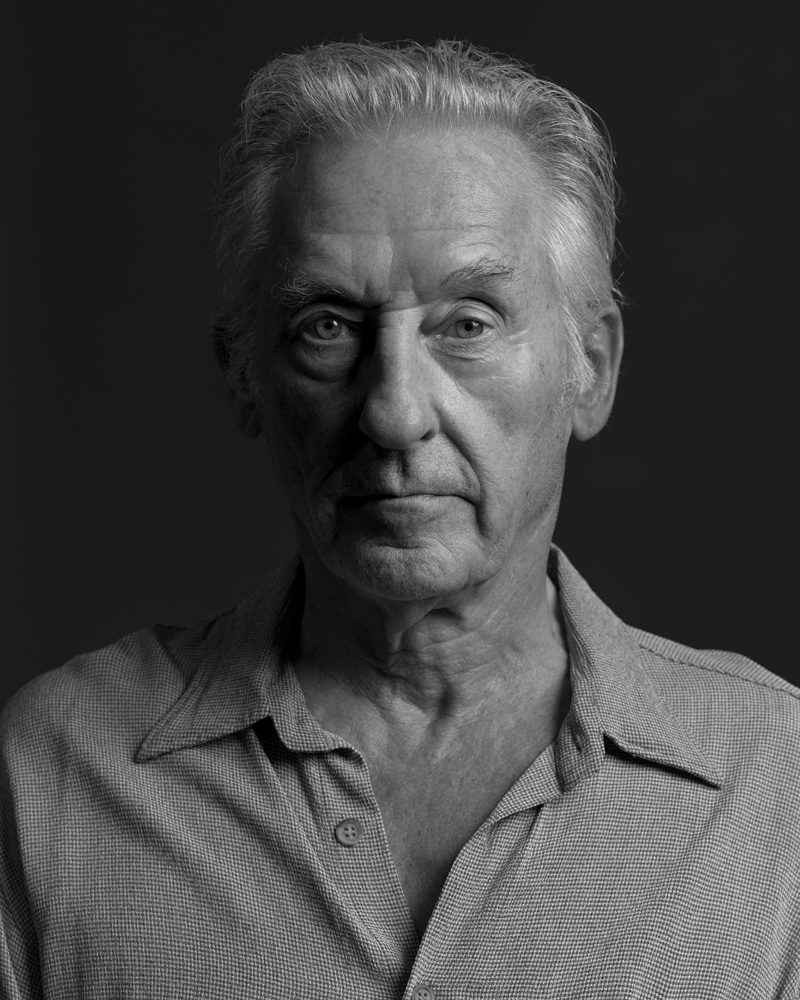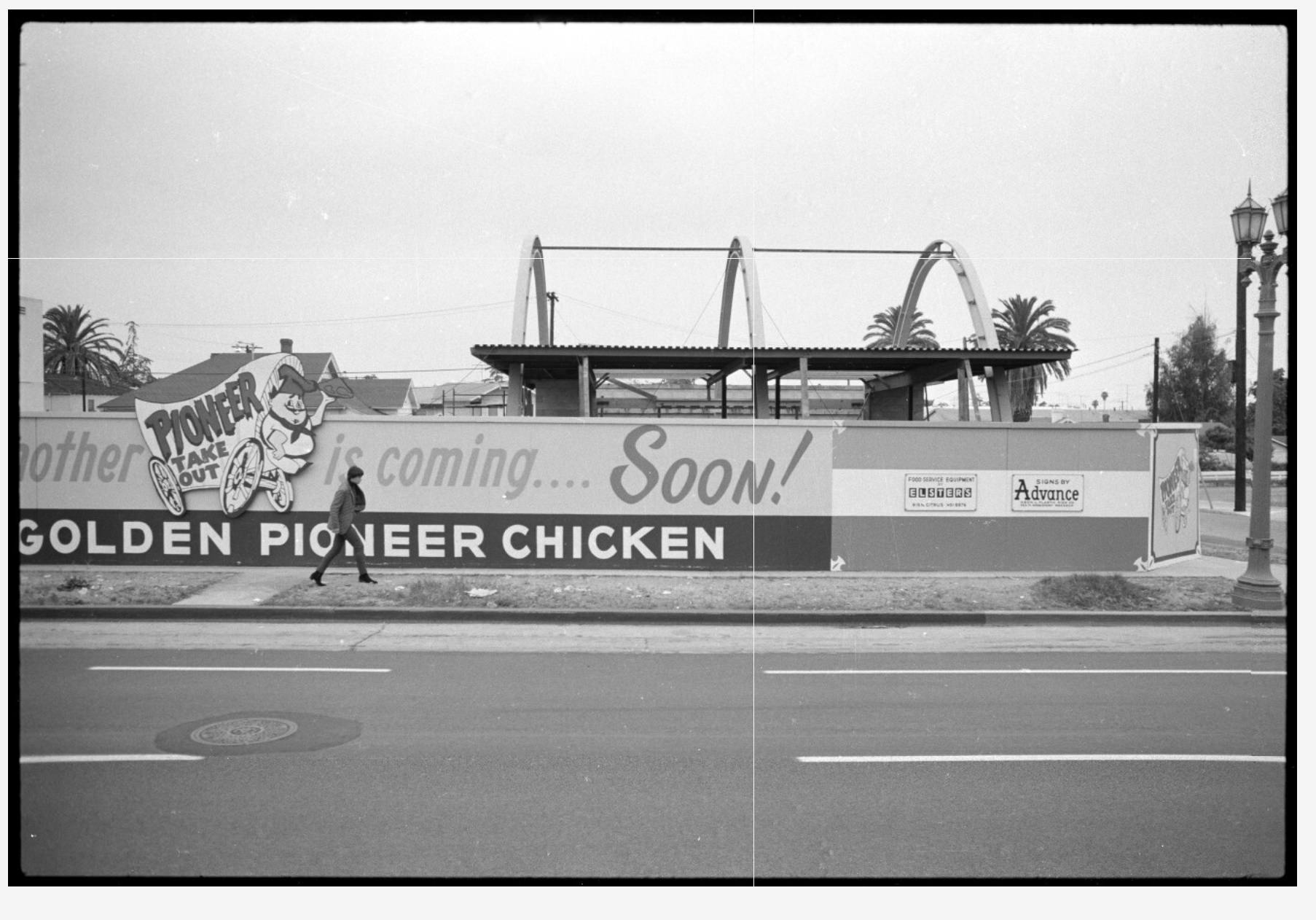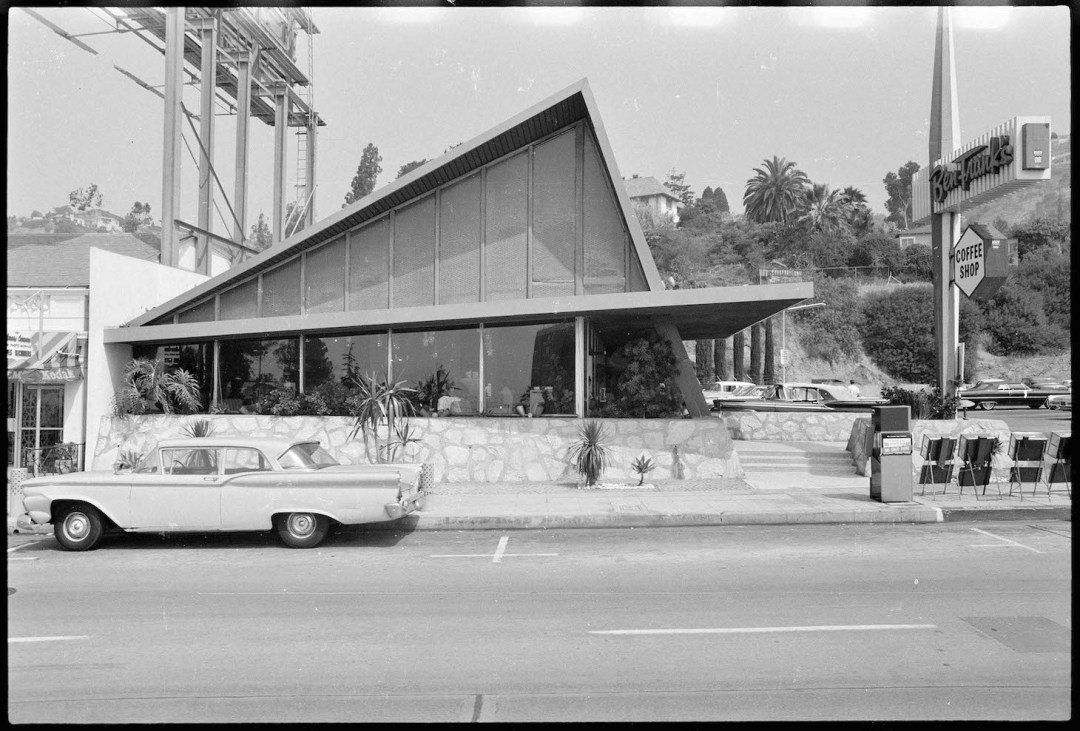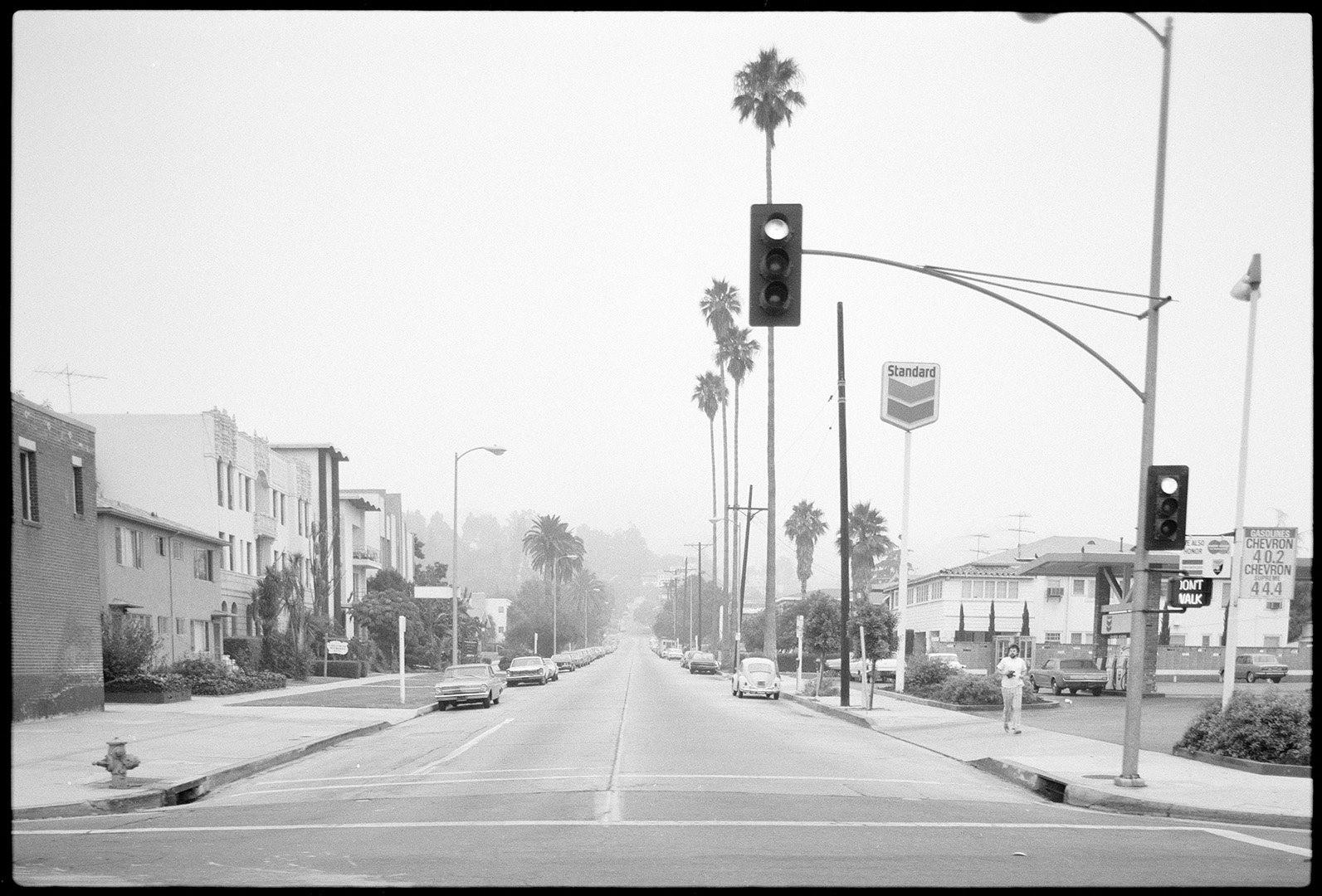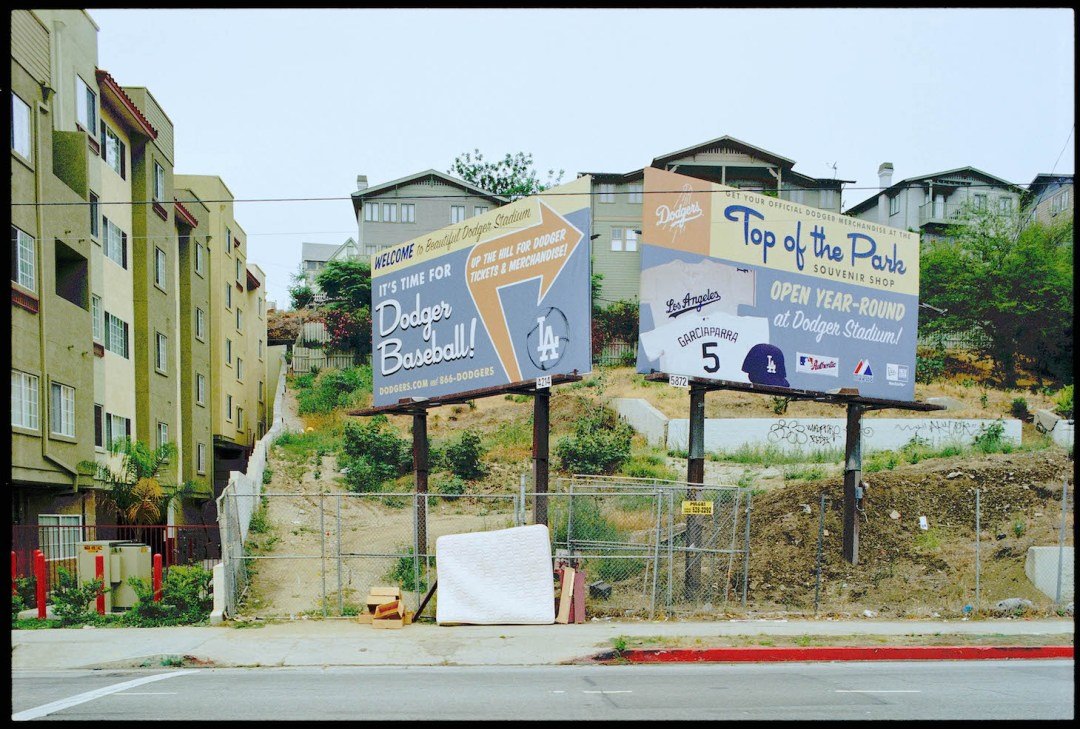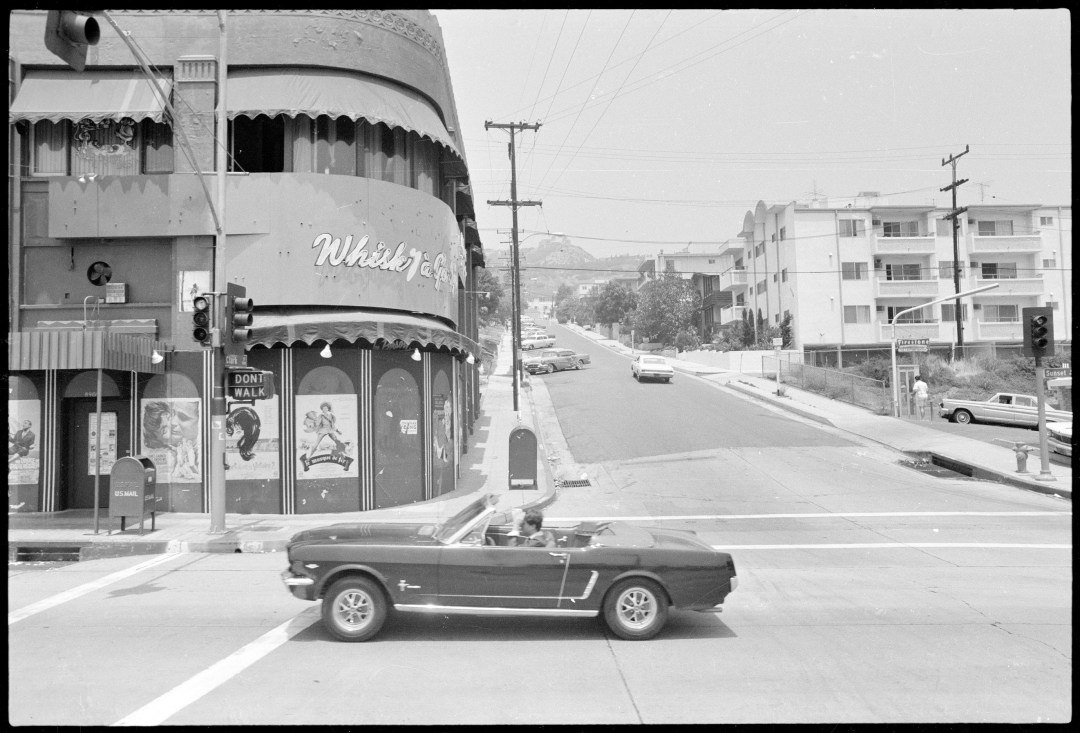12 Sunsets: Ed Ruscha’s Streets of Los Angeles Archive
In 1966, Ed Ruscha drove along the Sunset Strip in West Hollywood, Los Angeles. Using a motorized camera mounted on the back of a pickup truck, he methodically photographed all of the buildings on each side of the street. He assembled the photos in the artists’ book “Every Building on the Sunset Strip,” which challenged how people thought about Los Angeles, art, and photography.
The resulting archive of Los Angeles evolving through time has remained mostly-unseen for decades; it is so vast that even Ruscha and his team have not seen many of the images. The Getty has digitized more than 60,000 negatives from this collection of more than half a million total images.
Originally captured as the medium for Ed Ruscha’s creative work, the photographs selected from this archive present a unique view of one of Los Angeles’ quintessential streets, Sunset Boulevard, and how it has changed over the past 50 years. Ed Ruscha, with help from Getty and Stamen Design, is making this amazing collection accessible.
For more than 50 years, the artist has meticulously documented several streets, including Sunset Boulevard, which runs 22 miles from downtown Los Angeles to the Pacific Ocean. Now some 65,000 of his photographs of the street have been digitized and collected in “12 Sunsets,” an online archive launched recently by the Getty Research Institute in Los Angeles. Capturing Sunset Boulevard year in and year out “became an obsession,” Mr. Ruscha said, “because it’s such a Rolling Thunder of a street!”
Mr. Ruscha, 83 years old, mixes Pop art, conceptual art, and surrealism in a varied oeuvre infused with deadpan wit. “I kind of bounce around between making paintings and things that are not paintings, or drawings,” he said. “And I make prints, lithographs, etchings—things like that.”
The seeds of “12 Sunsets” were planted in 2012, when the Getty acquired an archive of about 500,000 images of Los Angeles streets by Mr. Ruscha. Over the years, he stored many strips of negatives by winding them around motion-picture reels. “We got these giant film canisters as if we’d gotten 10 copies of ‘Lawrence of Arabia,’” said Andrew Perchuk, deputy director of the Getty Research Institute.
The images are a trove for demographers, urban planners, and architectural historians. Visitors to the site can tool virtually along Sunset in either direction, east or west, and see how restaurants, karate schools, and tuxedo-rental centers flourished and vanished.
About the Author
Pop artist Edward Ruscha (American, b.1937) was born in Nebraska and moved to Los Angeles in 1956 to study at the Chouinard Art Institute, intending to become a commercial artist. Quickly recognized in the 1960s as an important representative of the thriving Pop Art movement and a successor of the Beat Generation for his collages and text-based pieces, Ruscha’s work was exhibited at the Ferus, Leo Castelli, and Gagosian Galleries.
As a painter, drawer, and filmmaker, Ruscha has been heavily influenced by the city of Los Angeles and by his initial interest in graphic arts, incorporating text and urban, as well as Western, landscapes into his work. Ruscha comments on myths of American Romanticism, commercial culture, and urban life in humorous and ironic pieces. He sometimes uses unusual media in his work, including fruit and vegetable juices, blood, gunpowder, and grass stains, in works such as his Stains series. In the 1980s, his style became more mystical, as he worked with rays of light, constellations, and other celestial themes. Ruscha is best known for his witty and enigmatic use of text in his paintings, which he continues to incorporate into his works today. He has held several retrospectives in New York, Washington, D.C., London, Paris, and Munich and was elected to the American Academy of Arts and Letters in 2001. (via Artnet.com)
More info on:
https://12sunsets.getty.edu/
https://www.getty.edu/research/

